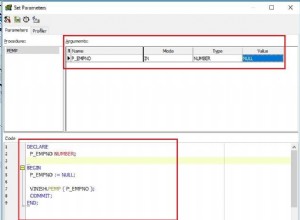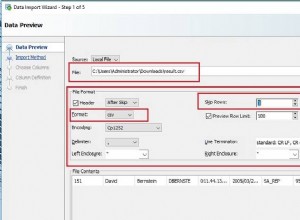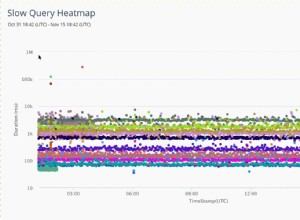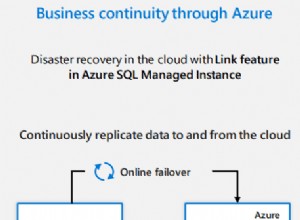Un metodo consiste nell'usare dbms_metadata.get_dependent_ddl in combinazione con dbms_metadata.get_ddl
Ecco un esempio creato utilizzando SQL plus:
SQL> set long 1000000
SQL> create table t (x number);
Table created.
SQL> comment on column T.X IS 'this is the column comment';
Comment created.
SQL> comment on table T IS 'this is the table comment';
Comment created.
SQL> SELECT dbms_metadata.get_ddl( 'TABLE', 'T' ) || ' ' ||
2 dbms_metadata.get_dependent_ddl( 'COMMENT', 'T', USER ) the_ddl
3 FROM dual
4 /
THE_DDL
--------------------------------------------------------------------------------
CREATE TABLE "SCOTT"."T"
( "X" NUMBER
) SEGMENT CREATION DEFERRED
PCTFREE 10 PCTUSED 40 INITRANS 1 MAXTRANS 255 NOCOMPRESS LOGGING
TABLESPACE "USERS"
COMMENT ON COLUMN "SCOTT"."T"."X" IS 'this is the column comment'
COMMENT ON TABLE "SCOTT"."T" IS 'this is the table comment'




